What Are Tannins?
Tannin, or phenolics, are a naturally occurring compound that is found in apples, grapes, and some other fruits. These tannins are responsible for adding body to ciders by producing an astringent sensation on the tongue. An easier way to describe it would be the ‘dry’ sensation that a dry wine leaves on your tongue.
Bittersweet apples have the most tannins while dessert apples have the least. In the USA most sweet ciders and juices purchased from a store are made with sweet dessert apples that are low in tannins. While this may make for a good tasting juice, once the juice has been fermented, it may lack body and mouthfeel. Making an addition of tannin can have a dramatic effect on the flavor and body of homemade cider.
Also, acids play a huge role in the over the flavor of cider. If you haven’t adjusted the pH and TA of your cider yet, give it a shot!
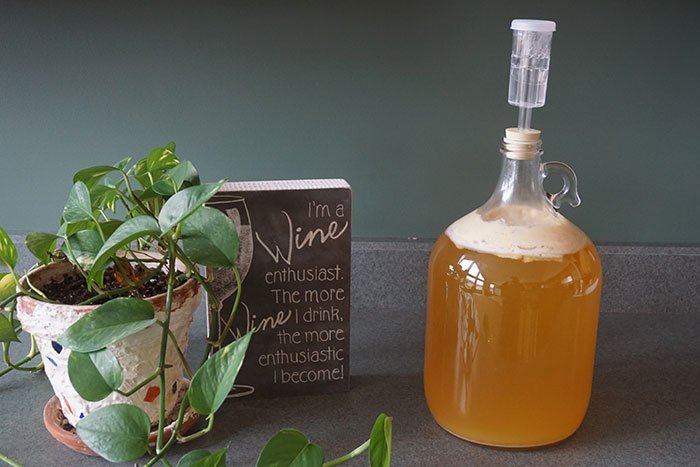
Adding Tannins to Cider:
Tannin additions for cider are simple but finding the correct amount for your taste will take some experimenting. You could simply add the suggested amount to a gallon, or even use a scale to measure out fractions to create samples. But, I enjoy looking at the numbers and so I broke down my process below.
¼ tsp tannin per gallon of cider is the maximum recommended dosage for the LD Carlson Wine Tannins that I have been using. I prefer to accurately measure tannins using a digital scale as ¼ tsp is hard to work with. The following information pertains to the specific tannin that I have.
- ¼ tsp tannin = 1.1g tannin
- ¼ tsp/gallon: 1.1g /3785.41ml = 0.00029059g/ml
- ¼ tsp/gallon concentration: 0.00029059*100=0.029% tannin/cider
This is the maximum recommended addition for the LD Carlson Tannin. I suggest experimenting with different strengths to see what your tannin preference is. A little goes a long way!
To get started, I dilute the 1.1g tannin in 100ml of cider to make a solution of 1.1% tannin/cider. I will use this solution to make calculated additions to samples of cider. I prefer to make a solution for mixing samples because my digital scale only reads 0.0g.
The equation:
ab+cx=d(b+x)
Where:
a=% tannin in cider (assuming 0)
b=ml of cider sample
c=% tannin in 100ml tannin solution
d=desired % of tannin/cider in final solution
x= amount of tannin solution to add (ml)
Example:
100% recommended addition (0.029%) for a 100ml sample:
0*100+1.1x=0.029*(100+x)
1.1x=2.9+0.029x
1.071x=2.9
x=2.71
According to this equation, adding 2.71ml of the 0.011 g/ml solution will result in the same mixture as if we were to add 1/4tsp to one gallon.
Tannin Variations for Sampling
This calculation can be repeated with any percentage of the maximum recommended dosage. To find the answer to a different percentage, divide the maximum addition percentage (0.029%) by the desired amount. Here we are essentially saying 0.029% is 100%.
Example:
50% recommended addition (0.015%) for a 100ml sample:
Divide the maximum concentration in half:
0.029% * 50%
0.029% * 0.5 = 0.015%
0*100+1.1x=0.015*(100+x)
1.1x=1.5*0.015x
1.085x=1.5
x=1.382
According to this equation, adding 1.382ml of the 1.1% solution will result in the same mixture as if we were to add ⅛ tsp to one gallon.
Note: the additions of the tannin solution are not linear because the cider in the solution will be added to the whole sample. Simply cutting the 100% addition in half will result in an error. While at this scale the error is relatively small, multiplying it for several gallons will result in major errors.
Measuring Tannin Additions:
Obviously, it will be difficult to measure out fractions of a ml but these numbers give a general idea of the concentration. To work around this, run the calculations with a different cider sample size until the addition is close to a whole number.
Example:
100% recommended addition (0.029%) for a 75ml sample:
0*75+1.1x=0.029*(75+x)
1.1x=2.175+0.029x
1.071x=2.175
x=2.03
According to this equation, adding 2.03ml of the 1.1% solution to 75ml of cider will result in the same mixture as if we were to add ¼ tsp to one gallon.
One drop from an eyedropper is approximately 1ml. While a 1ml addition may not seem like much, tannins are strong and their presence will be very obvious even in weak concentrations.
Calculating Total Batch Additions:
Once you find the ideal concentration for your taste, multiply the original addition by the percentage of concentration.
Example:
70% recommended concentration
0.7*1.1=0.77
Add 0.77g of tannin per gallon
Your tannins may have a different weight per dose or suggested addition so rework the calculations to ensure accuracy.
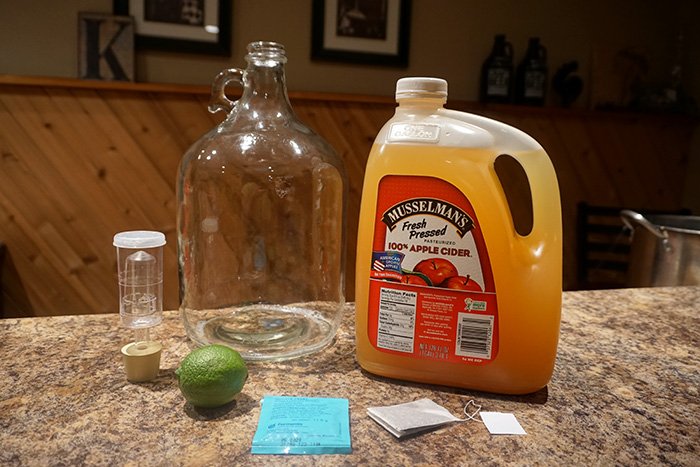
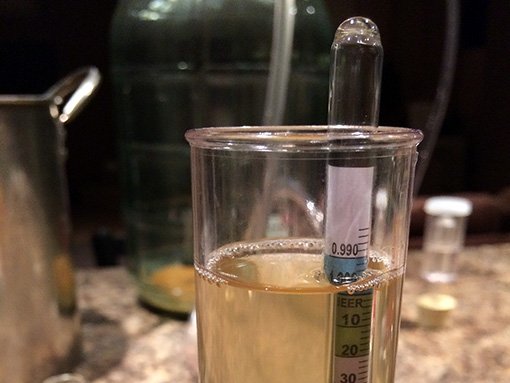
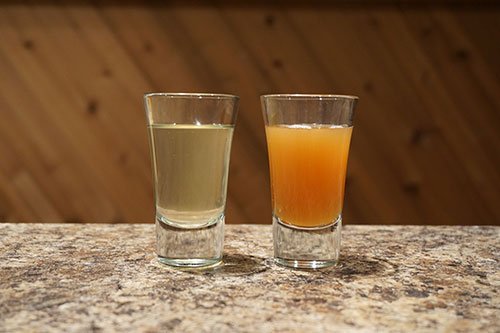
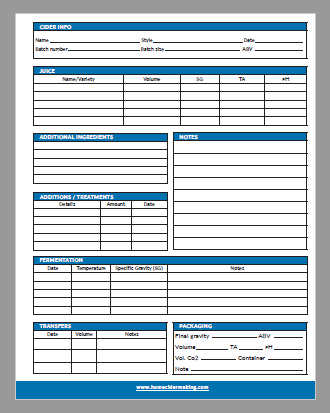
How about using a strong black tea solution, to taste,as a tannin source? Thx.!
error in your calculation. 1 mL = 20 drops from eyedropper.